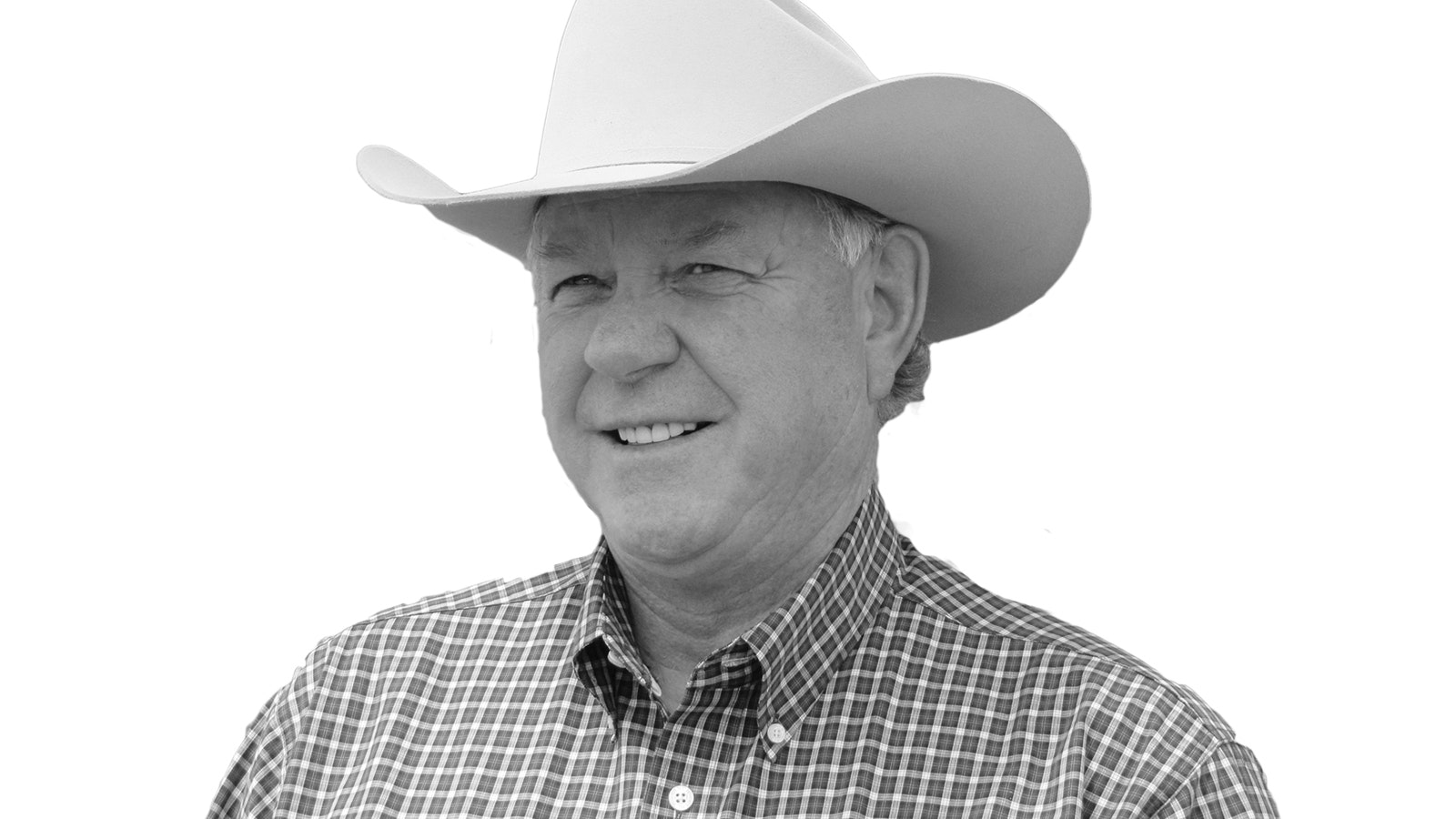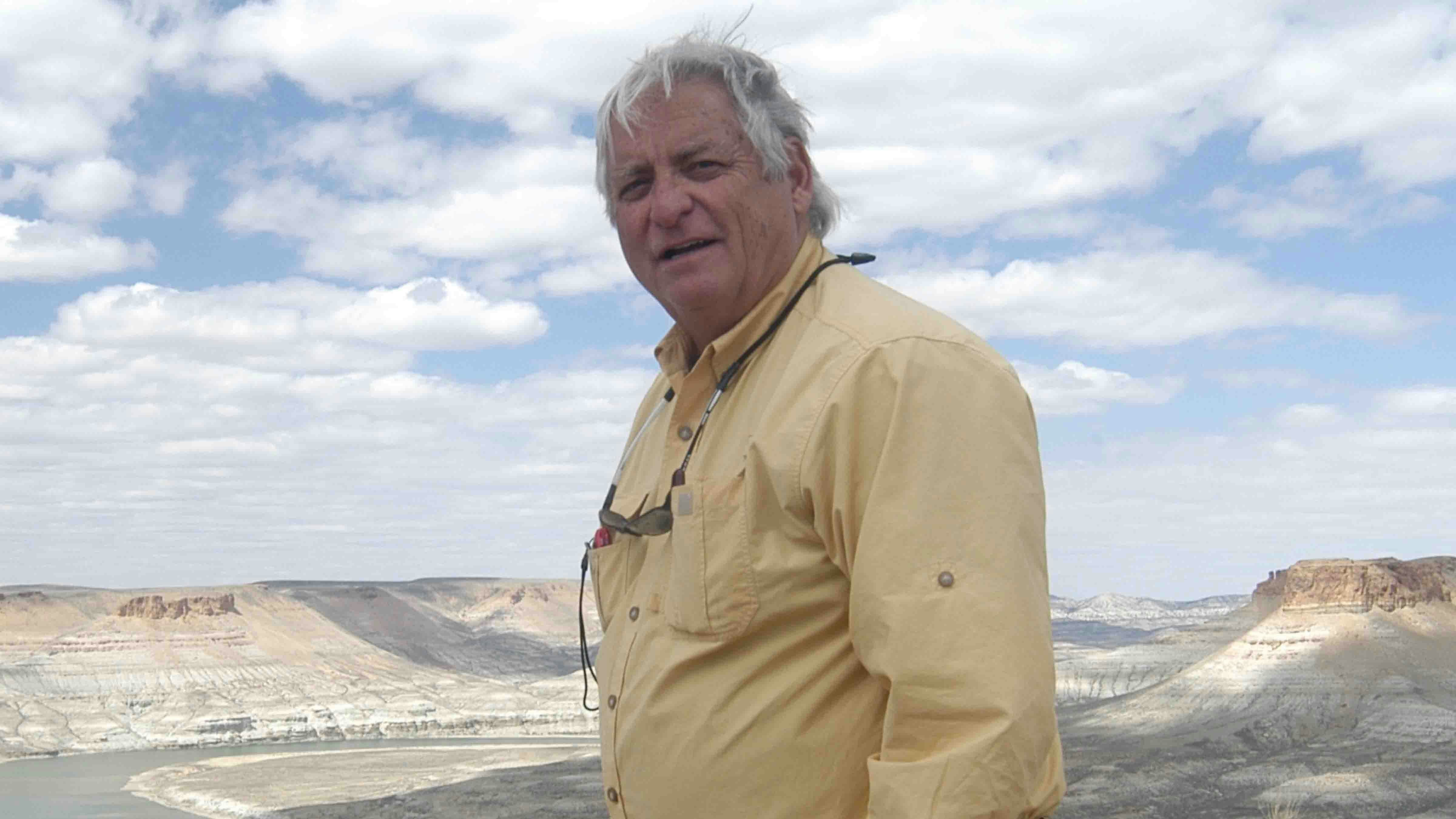There are numerous articles circulating around lately concerning beef, which is good news for beef producers who are finally getting their due, as cattle prices rise.
But for the most part, these rising prices are wiped out due to the high cost of inputs. Producers and consumers are both feeling inflation.
In some areas of cattle country, drought persists, and so far, it looks to continue for a while. Across the country, cattle producers are reluctant to rebuild their herds as hay and pastures are in short supply and getting to be expensive in some areas.
Producers are also going to continue to sell cows and heifers because of higher interest rates and input costs. This will make for less calves and fat cattle in coming years.
Meatpackers are looking worldwide for cattle to process to meet beef demand in the U.S. and for the growing world. This will also keep beef prices high as demand stays strong.
A recent study conducted by researchers at Tulane University found 12 percent of Americans are responsible for eating one-half of all the beef consumed on any given day. I question this study as it was funded by groups against cattle grazing.
An interesting read from Drovers on the “Five Emerging Types of Consumer: A Breakdown of Meat Eaters,” is worth sharing.
Surveying a national sample of 1,300 U.S. adult consumers who had eaten and purchased meat or poultry in the past three months, Midan Marketing determined five new meat consumer segments and the percentage of consumers in each category.
Fourteen percent were “connected trendsetters,” who are adventurous, love meat and look to try new things. The main influencer of this group is the internet, and with an average age of 37, this is the youngest of the categories.
The “claim seekers” represent 24 percent and want to buy organic, grass-fed, antibiotic-free, humanely-raised meat. The group wants to buy meat they consider healthy for their bodies, the animals and the planet, and they are willing to pay more for the meat.
The “convenience cravers,” at 17 percent, find meat is hard to cook perfectly, use online shopping for quick meals and look for value-added meats. They depend on apps to research recipes and promotions, along with information on the meat counter.
Next is the “committed carnivores,” at 23 percent, who sit down with their family to eat and are found to have a love of meat that drives their cooking decisions – not label claims or other statements.
They like to cook from scratch and usually shop at traditional retailers. Ninety-six percent say their entire family enjoys meat, and 85 percent of them can’t imagine giving up the taste of meat. They are more likely to live in the Midwest or rural areas of the country.
The last category, at 22 percent, are the “classic palates.” This group is defined by habit and is used to having meat in their meals, so they usually stick to what they know.
However, 57 percent of this group thinks meat is currently too expensive, leading some to only buy meat when it’s on promotion or sale. Forty-four percent of the group say nothing would influence them to change their mind once in-store.
Take a minute to see what category you are. Meat producers of America thank you for buying their products.
Dennis Sun is the publisher of the Wyoming Livestock Roundup, a weekly agriculture newspaper available online and in print. To subscribe, visit wylr.net or call 800-967-1647.





